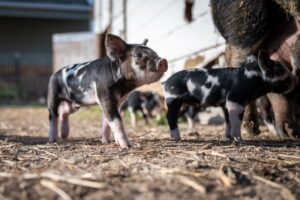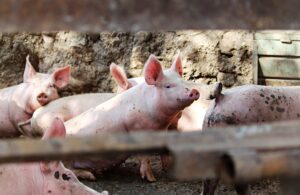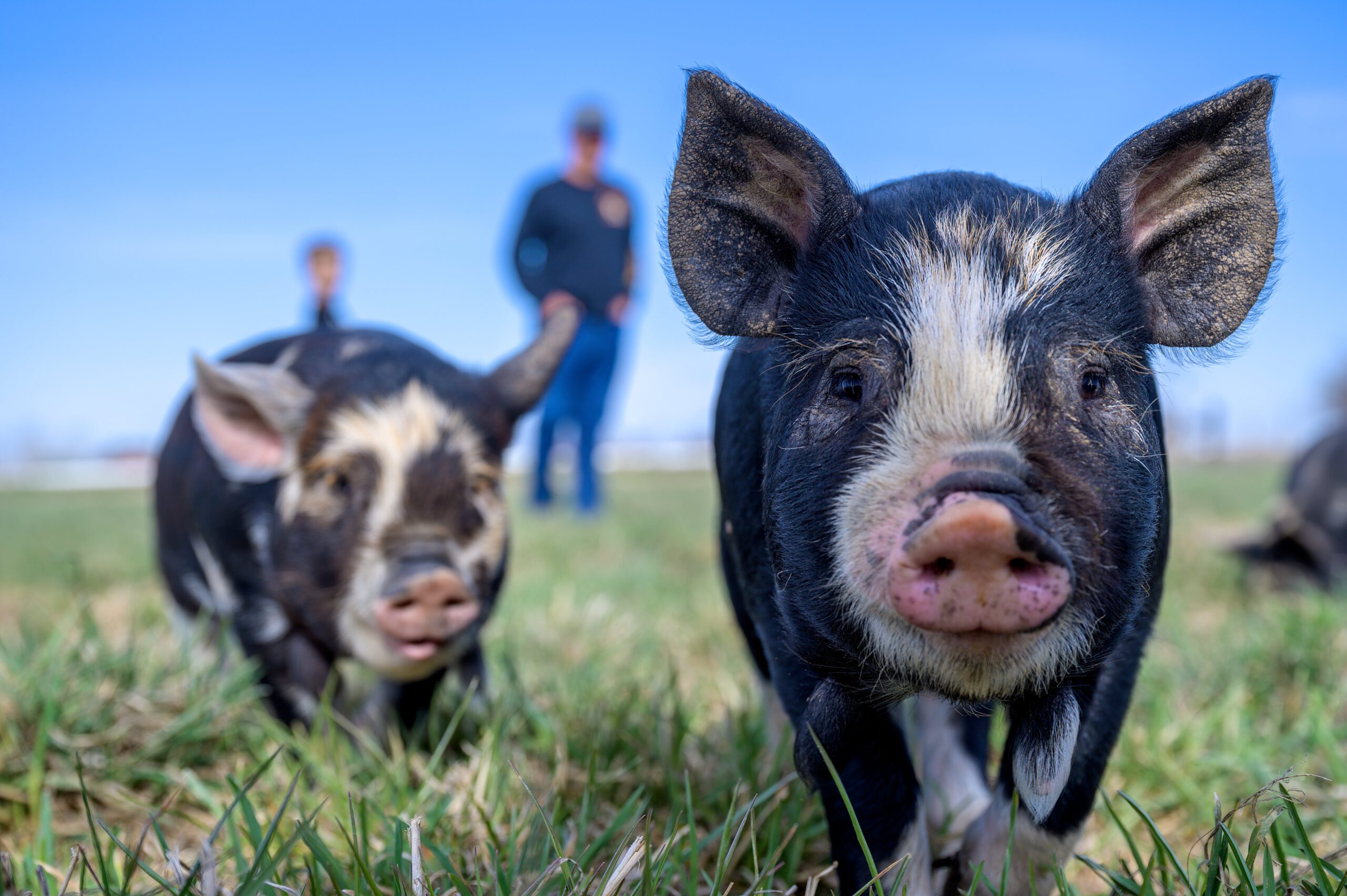Navigating the Regulations and Challenges of Pig Farming
When embarking on a pig farming venture, it’s crucial for prospective farmers to navigate the intricate web of regulations imposed by their province, agricultural area, and the communities surrounding them. Pig farming, unlike other forms of agriculture, has a unique impact on neighboring farmers and communities. To ensure a successful and harmonious pig farming operation, it’s essential to anticipate and address potential resistance. This article explores the complexities of pig breeding, focusing on the methods of pure breeding, outbreeding, and inbreeding, and their respective implications on the genetic makeup and overall health of the pig population.

1. Pure Breeding: Enhancing Genetic Purity for Commercial Success
Pure breeding is the foundation of successful pig farming. In this method, the objective is to identify and propagate superior genes within a specific breed. The significance of pure breeding lies in its contribution to commercial production, particularly in crossbreeding programs. Identifying and preserving superior genes ensure the production of robust and healthy pig progeny. These carefully selected individuals serve as the backbone for maintaining valuable genetic material, vital for the sustainability of pig farming operations.
Benefits of Pure Breeding:
- Genetic Consistency: Pure breeding ensures that the pig progeny inherits the same genetic makeup, leading to uniformity in desirable traits.
- Commercial Viability: Superior purebred individuals serve as excellent candidates for crossbreeding, enhancing the commercial viability of the offspring.
2. Out Breeding: Maximizing Genetic Diversity for Healthier Offspring
Outbreeding, also known as outcrossing, involves mating individuals of the same breed but with less close relation than the breed’s average. This method is crucial for maintaining genetic diversity within the pig population. Outbreeding mitigates the risks associated with inbreeding, such as decreased litter size and increased mortality rates. By maximizing genetic diversity, pig farmers can ensure the overall health and vitality of their livestock.
Strategies for Successful Outbreeding:
- Pedigree Analysis: Thorough analysis of the pedigree ensures that there are no common ancestors within at least four generations, promoting genetic diversity.
- Selection Criteria: Careful selection of mating pairs based on desirable traits prevents the perpetuation of undesirable genetic traits.
3. Inbreeding: Understanding Risks and Consequences
Inbreeding involves mating closely related individuals within the same breed. While it can intensify desirable traits, it also concentrates common genes, leading to both positive and negative outcomes. Many undesirable traits, such as hernia and cryptorchidism, involve recessive genes, perpetuated phenotypically through inbreeding. However, inbreeding poses significant risks, including reduced litter size, increased mortality rates, and inferior milking and mothering abilities in sows.
Managing the Effects of Inbreeding:
- Genetic Testing: Regular genetic testing helps identify undesirable traits, enabling farmers to make informed decisions about breeding pairs.
- Balancing Act: Farmers must strike a balance between intensifying desirable traits and avoiding the expression of harmful recessive genes.
4. Decision-making for Farmers: Commercial vs. Smaller-Scale Farming
Pig farmers face a pivotal decision: whether to pursue large-scale commercial pig farming or opt for smaller-scale operations using inbreeding methods to cater to niche markets. Commercial farming promises higher profits but demands meticulous adherence to breeding best practices. On the other hand, inbreeding might suit smaller-scale farmers aiming to minimize input costs, but it comes with substantial risks that can jeopardize the overall success of the farming venture.

Considerations for Decision-making:
- Market Analysis: Assessing market demands and consumer preferences helps farmers align their breeding methods with market needs.
- Risk Assessment: Evaluating the potential risks and benefits of each breeding method is essential for making informed decisions.
- Sustainable Practices: Implementing sustainable breeding practices ensures the long-term health and productivity of the pig population, contributing positively to the farming community and the agricultural industry.
Conclusion: A Balanced Approach for Sustainable Pig Farming
In the realm of pig farming, understanding the nuances of breeding methods is paramount for success. By adopting a balanced approach that combines pure breeding, outbreeding, and cautious inbreeding, farmers can create thriving and sustainable pig farming operations. Keeping an eye on market demands, implementing sustainable practices, and continuously evaluating breeding strategies empower farmers to navigate the complexities of pig breeding, ensuring the well-being of their livestock and the prosperity of their farming endeavors.

